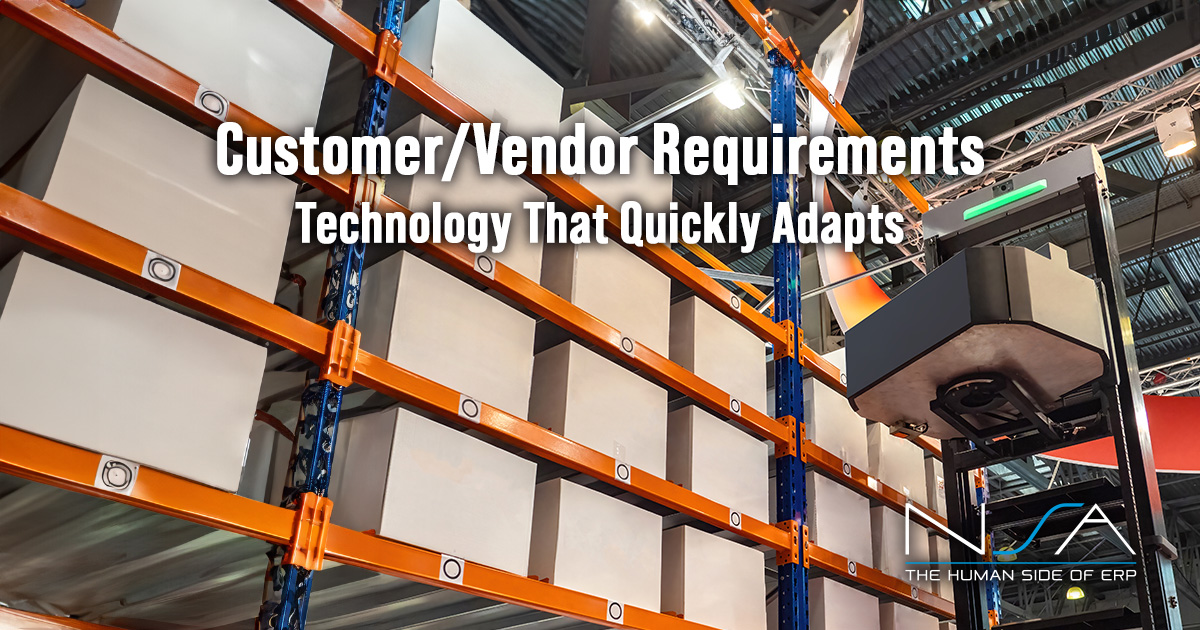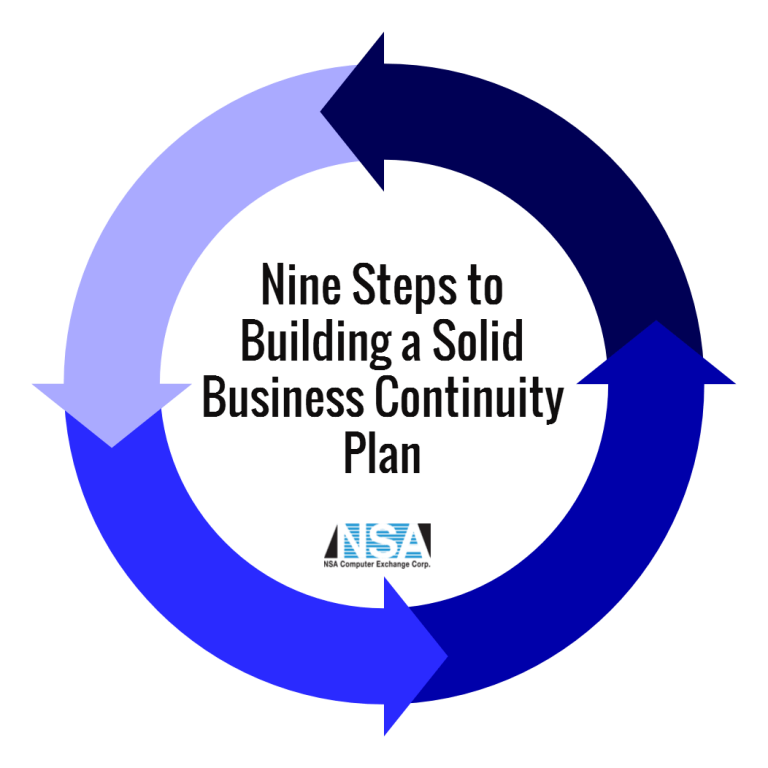What makes a good business owner? One of the most all-encompassing characteristics to have is business continuity. Business continuity is having the ability to take responsibility for your business from the very beginning. Every business should have a business continuity plan, or BCP — wholesale distribution companies, supply chain companies, everyone!
This plan is about identifying your most important products and services, how to keep track of them, and how best to promote and sell them. Business continuity is all about planning the next step, in order to stay ahead of the competition and improve your business at any cost.
Who can help: Most businesses will seek the help of enterprise resource planning companies — or ERP companies — who sell inventory control systems. This type of management software allows you to avoid overstocking products and avoid product outages. These systems can also prevent the loss or damage of your inventory by helping you keep track of it during shipments. These services can improve your business continuity by reducing inventory costs by around 11%.
Here are the steps you will need to take to create a Business Continuity Plan:
-
- Document the people you deem most important to the company and who can fill vital positions. Think of them as your business’ arteries.
- Ask which employees or departments can telecommute. This will end up saving you money, and leave you with your most critical staff.
- Document any vendors or contractors that you use, and keep a description of each company and all of their contact information.
- Document your in-office equipment — anything from computers and printers to whatever communal food is in the break room. Do you have a stockpile of these products at all?
- File important documents such as legal papers, utility bills, bank information, pay stubs for employees, etc. Organize each category into a separate file.
- Create a “how-to” list for your employees. The list should include all the different types of job positions and how to perform that job.
- Give the information a home, because it would be useless if it was lost in the jumble of papers or emails. Make a separate file or put it in your company cloud so employees can access it anytime, anywhere.
- Tell your entire company about the BCP. If you need to, hold a mandatory meeting or training class for every employee so they fully understand their job and its requirements.
- Test your plan, assuming you have implemented good ideas. You don’t want to just let the plan collect dust until something disastrous happens to the company. Taking it on a test drive will allow you to make any major changes.
You don’t want to be caught off guard when something happens to your company, whether a small or large incident. Always stay prepared, and keep your business organized.
NSA Computer Exchange has been helping distribution companies implement plans and processes to improve business since 1984. If your looking for a better way to manage data, streamline efficiencies, boost productivity and grow your profits contact Patrick VanPutte, NSA President. Let our 30 years of experience and expertise in the business accelerate your success.
As a leading business software service organization for distributors, NSA Computer Exchange Corp is ready and available to help you work smarter and grow your distribution company faster, why not find out how we can help? Give us a call at 516.240.6020 or email us at solutions@nsa.yourdmc.com today.




